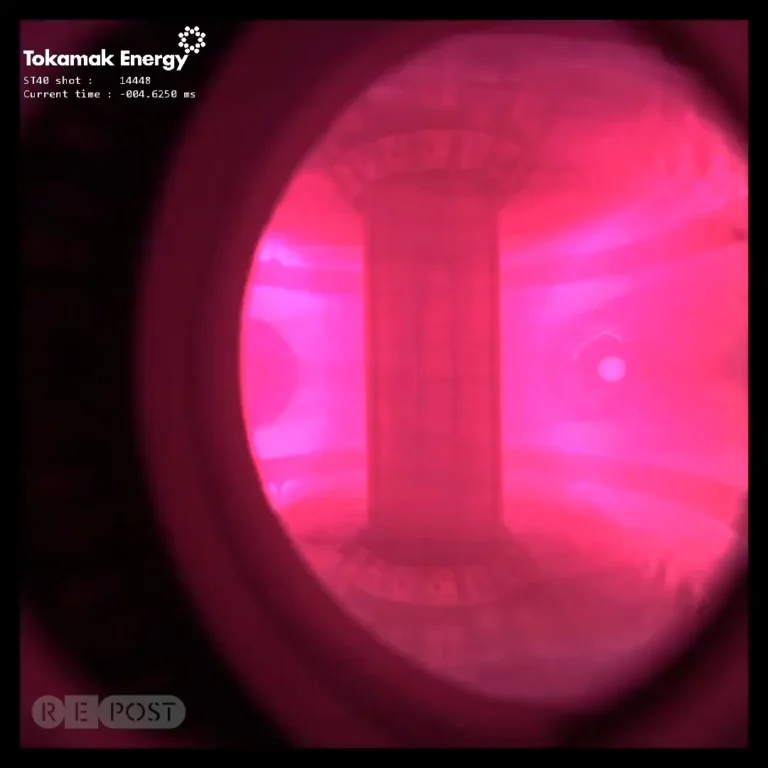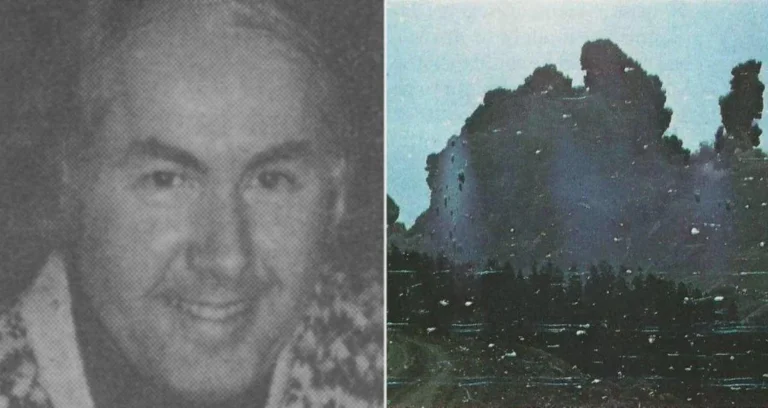In intensive care units, time can seem to collapse. Patients emerge from deep unconsciousness certain that only minutes have passed, only to find seasons changed outside the window. Behind that disorientation lies a simple question with complicated biology: does the body keep a sleep–wake rhythm during a coma, and can clinicians track it?
What a coma is — and isn’t
Coma is not just very deep sleep. It is a state of prolonged unconsciousness caused by injury, illness, or drugs in which the eyes remain closed and the person cannot be awakened by stimulation. The brain’s arousal systems, especially circuits in the brainstem and thalamus that form the reticular activating system, are impaired.
Clinicians distinguish several related conditions. In a classic coma, there are no wakeful periods; in the unresponsive wakefulness syndrome (formerly called vegetative state), the eyes may open but purposeful behavior is absent; in the minimally conscious state, patients show intermittent, reproducible signs of awareness. There is also a different category altogether: medically induced “coma,” more accurately deep sedation, used to reduce brain metabolism and intracranial pressure after severe injury or during critical illness.
Sleep versus circadian time
Two clocks govern our days. Sleep architecture — the cycling through non-REM and REM stages — depends on intact thalamo-cortical networks. Circadian timing — the roughly 24-hour rhythm of physiology — arises from a master clock in the brain’s suprachiasmatic nucleus and from clocks in nearly every organ.
In coma and other disorders of consciousness, the sleep system is profoundly disrupted. Polysomnography often shows fragmented or absent sleep stages, and classic features like sleep spindles can be missing. Yet the circadian system can persist, sometimes weakly. Core body temperature, cortisol, and melatonin may still ebb and flow over 24 hours, even in patients who show no behavioral signs of wakefulness.
What the monitors can capture
Clinicians can “register” what remains of timing in several ways. Continuous EEG reveals whether brain activity waxes and wanes across day and night and whether any structured sleep features survive. Temperature probes trace daily thermal rhythms. Salivary or plasma assays can map melatonin and cortisol patterns when feasible.
These signals are imperfect but informative. When sleep spindles and more organized non-REM patterns reappear, prognosis generally improves. Conversely, a flat, unvarying EEG under deep sedation or severe brain injury suggests that sleep as a structured process has been lost, even if subtle circadian ripples persist in hormones and temperature.
In coma, sleep architecture often collapses — but the body’s clocks may keep time quietly underneath.
Sunlight, hospital lights, and the internal clock
Under normal conditions, morning light resets the master clock daily. In the ICU, light can be constant, dim, or poorly timed. Alarms, procedures, and around-the-clock care add noise that blunts the very cues the brain uses to align internal time with the sun.
Studies in critical care have shown that melatonin secretion is commonly reduced or mistimed and that patients’ temperature rhythms become shallow. Prolonged artificial lighting and irregular feeding schedules can desynchronize peripheral clocks in the liver, gut, and immune cells. Even when the brain’s awareness circuits are offline, bad timing still matters: misaligned rhythms increase inflammation, impair glucose control, and are linked to delirium.
Drugs that deepen the dark
Sedatives change the picture further. Agents such as propofol, benzodiazepines, and barbiturates suppress cortical activity and can eliminate recognizable REM-like patterns on EEG. Opioids depress arousal and alter respiratory rhythms. These effects lower metabolic demand — useful for protecting injured brain tissue — but they also flatten the peaks and valleys clinicians use to judge sleep and wake.
Importantly, deep sedation is not physiologic sleep. Memory formation is often blocked, which is why patients who spend days or weeks unconscious frequently awaken with a sense of having “skipped” time. That amnesia can linger, contributing to the fog of post–intensive care syndrome long after discharge.
Why circadian care matters
Even without consciousness, the body’s rhythms influence recovery. Better-preserved day–night cycles are associated with lower rates of ICU delirium, more stable blood pressure and glucose, and in disorders of consciousness, a greater likelihood of meaningful neurological improvement. While correlation does not ensure causation, the trend has nudged hospitals to rethink environmental design.
Simple steps help. Bright, blue-enriched light during daytime hours and true darkness at night support melatonin. Earplugs, quieter alarms, and clustering overnight care minimize sleep fragmentation. Scheduled enteral feeding, daytime physical therapy, and family interaction during daylight act as powerful “zeitgebers,” or time cues, for peripheral clocks.
- Keep days bright and nights dark: open blinds by morning, dim lights after dusk.
- Time care to time biology: cluster non-urgent procedures during the day when possible.
- Anchor routines: consistent feeding, mobilization, and conversation during daylight reinforce remaining rhythms.
Measuring progress at the bedside
Teams increasingly combine signals to track recovery. A patient may show a strengthening 24-hour temperature rhythm before EEG sleep features return. Actigraphy on a wrist can record rest–activity cycles when motor function allows. Heart-rate variability often follows a day–night pattern reflecting autonomic balance, offering another window into internal time.
Because no single metric tells the whole story, clinicians triangulate. When day-oriented EEG activity, nocturnal melatonin peaks, and daytime alertness behaviors begin to align, care teams gain confidence that both the sleep system and the circadian system are re-synchronizing. That alignment can guide the timing of rehabilitation therapies and family engagement.
What families should know
For loved ones at the bedside, the science points toward practical caregiving. Use daylight hours for conversation, familiar music, and gentle physical stimulation. Advocate for quieter nights and dimmer lighting. Bring a calendar, mark the date, and narrate the passing of time to anchor orientation when consciousness returns.
Recovery rarely follows a straight line. Some patients transition from coma to unresponsive wakefulness to minimal consciousness over weeks or months, and their internal rhythms can strengthen along the way. Others remain out of sync, especially after severe injury. Patience and consistent routines help the body’s clocks do their quiet work.
Where the research is heading
Hospitals are testing “circadian-smart” rooms with dynamic lighting that mimics the arc of daylight. Wearable sensors that continuously sample temperature, light exposure, and motion can map rhythms in real time at the bedside. Researchers are exploring whether targeted light, timed medications, or scheduled stimulation can actively entrain the clocks of patients who cannot seek sunlight on their own.
The goal is not to promise awakening by lighting alone, but to remove a preventable handicap. When injury silences the conscious mind, the body’s timekeepers still whisper. Medicine is learning to listen — and to set the environment so those rhythms, however faint, can help lead patients back to the surface.





